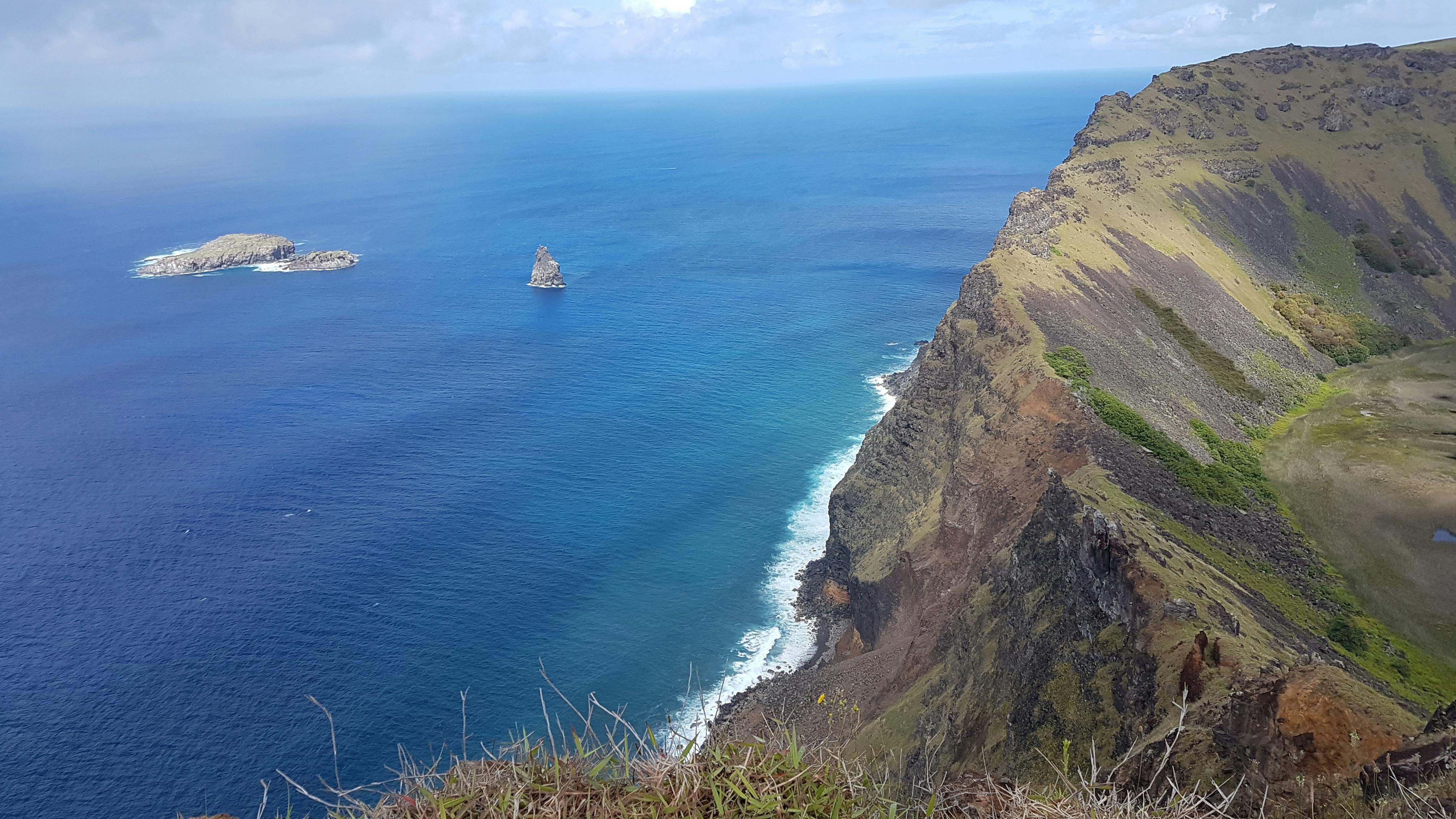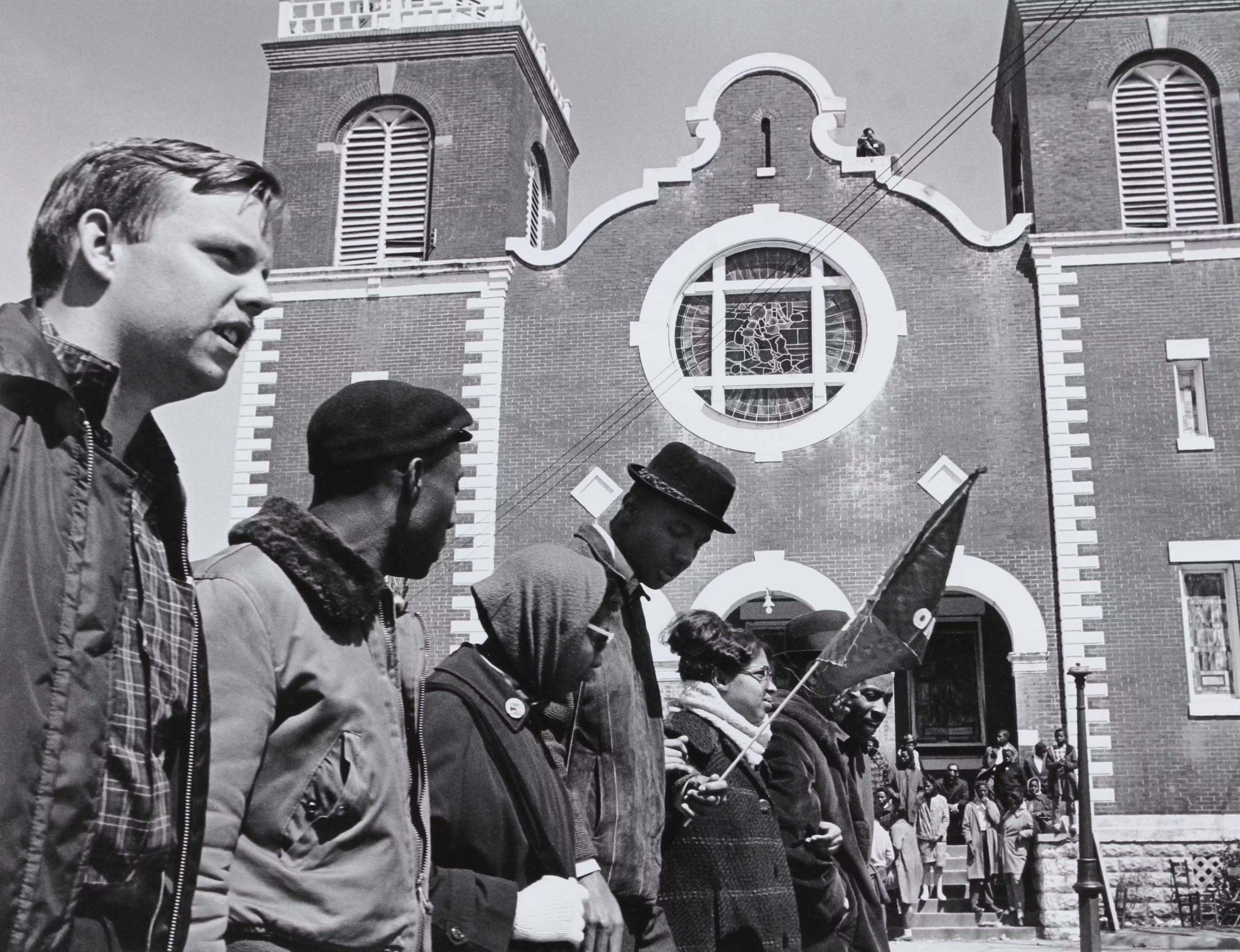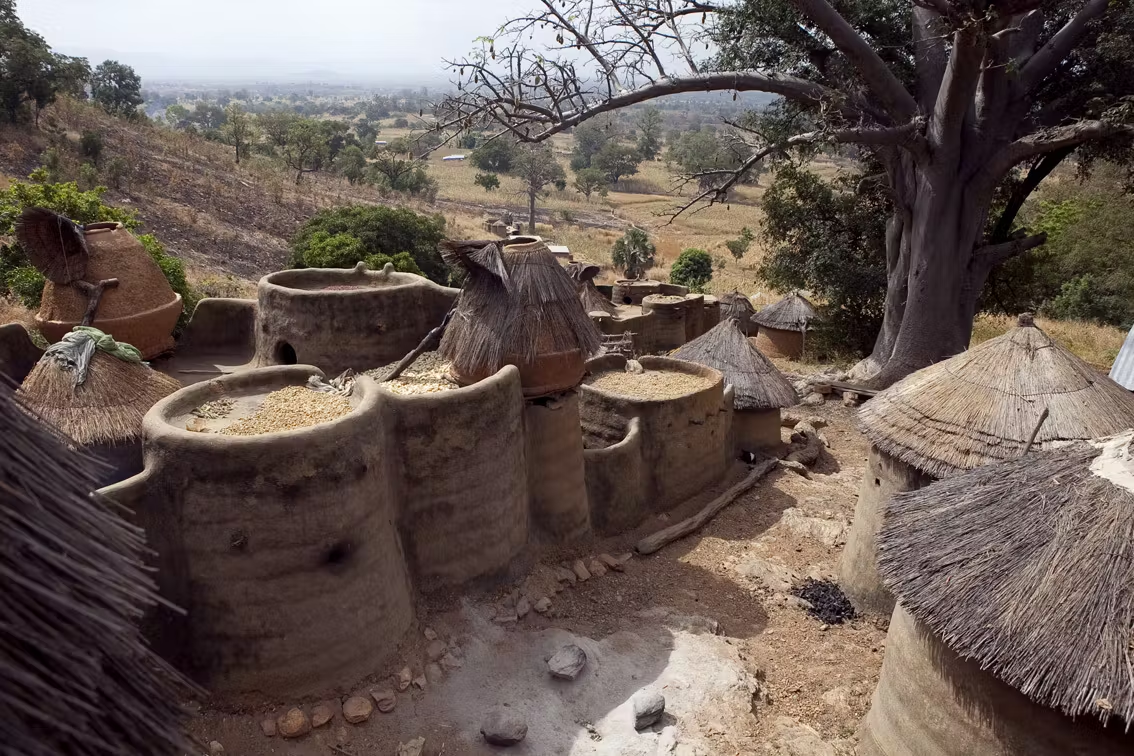Nominate a Site
The World Monuments Watch program includes sites nominated by individuals and community-based organizations that span the globe.
Nominate a site for the Watch 2027 now through March 20, 2026.
Nominate a Site
The World Monuments Watch champions places nominated by individuals and organizations that span the globe.
Launched in 1996, the World Monuments Watch is a global call for heritage places needing urgent attention and where timely action can help communities thrive. Every two years, the Watch selects 25 sites out of hundreds of nominations received from around the world, highlighting the most pressing issues confronting heritage today and embodying the stories of local champions sparking change in their communities.
The Watch rallies global attention around local preservation efforts through a high-profile international campaign that boosts visibility and helps mobilize resources for safeguarding heritage places. Beyond raising awareness, WMF partners with site nominators and community leaders to deliver technical expertise, advocate for protection and financial support, and develop collaborative projects when possible.
Safeguarding heritage is a collective effort—and we encourage you to join us.
Nominate a site for the Watch 2027 now through March 20, 2026 via our online form.


How it Works
The World Monuments Watch is announced every two years and provides heritage places with global visibility, supporting resources, and expertise. The upcoming 2027 Watch cycle will offer:
1. Visibility: A global announcement spotlights all 25 Watch sites, supported by international media coverage and coordinated WMF communications, and followed by targeted WMF promotion for at least two years.
2. Partnership and Fundraising: WMF’s team of experts works with site nominators and local partners to assess and prioritize needs for each site, co-design fundraising strategies and action plans, and, when possible, implement preservation projects.
3. Community Engagement: Each site receives $2,500 in funding and guidance to host a Watch Day, a local event to build awareness, strengthen public engagement around heritage conservation, and celebrate the participatory stewardship of historic places.
4. Network and Exchange: Successful nominators join WMF’s Watch Network, which connects past and present Watch sites, preservation experts, and heritage practitioners worldwide through exclusive events, trainings, and shared resources.
Since 1996, WMF has raised over $125 million for projects at nearly 350 Watch sites. The Watch has also enabled local partners to leverage their newfound global platform to raise more than $300 million from other sources.


Nomination Guidelines
Individuals, community-based organizations, and more can nominate heritage sites to the Watch. Read our nomination guidelines, available in multiple languages:
Previous Watch Sites
Selected sites from past Watch cycles illustrate the range of nominators, preservation initiatives, and intended outcomes of WMF’s Watch program:

Chapel of the Sorbonne, France
The Chapel of the Sorbonne, a 17th-century architectural landmark in the heart of Paris, was included on the 2025 Watch to highlight the opportunity to restore and reopen a building that has remained closed for more than two decades following storm damage. Through the Watch, WMF has partnered with the Sorbonne (Chancellerie des Universités) and city authorities to advance restoration, return the chapel to public use, and reintegrate it into Paris’s cultural and academic life.

Rapa Nui (Easter Island), Chile
The Ma’u Henua Indigenous Community, the administrators of Rapa Nui National Park, nominated the site to the 2020 Watch seeking assistance to preserve the unique rock carvings of Orongo. Since the nomination, WMF and the community have worked with geologists and structural engineers to study the conservation issues impacting the island’s rock carvings, identify preservation solutions, and facilitate community-based decision-making.

Hitis of the Kathmandu Valley, Nepal
Traditional water fountains, known as hitis, have provided water for Kathmandu Valley residents since the sixth century. The Chiva Chaitya Organization nominated the site to the 2022 Watch, highlighting how hitis, which continue to serve 20% of the area’s population, can help address a water crisis exacerbated by climate change. WMF is working with local partners to study and rehabilitate select fountains, underscoring their value for present-day life.

Mam Rashan Shrine, Iraq
Destroyed in 2014 by Daesh (also known as ISIS), this Yazidi shrine was nominated to the 2020 Watch by the Eyzidi Organization for Documentation. Through the Watch, WMF worked with local partners to reconstruct Mam Rashan, restoring its role as a religious and ceremonial center for the returning Yazidi community and showcasing the power of cultural heritage in post-conflict recovery.

Alabama Civil Rights Sites, United States
Nominated by the Birmingham Civil Rights Institute, these 12 sites include churches, hotels, private homes, and other meeting spaces that played key roles in the U.S. Civil Rights Movement. The 2018 Watch supported the creation of a consortium dedicated to identifying, preserving, and promoting the state’s Civil Rights heritage. The collaboration also produced Voices of Alabama, an oral history project documenting the sites’ stories and their contributions to the African American struggle for freedom and equality.

Koutammakou, Land of the Batammariba, Benin and Togo
The Corps de Volontaires Béninois nominated this cultural landscape, known for its distinctive earthen dwellings, to the 2020 Watch. Since then, WMF has collaborated with local artisans and community members to conserve these structures and teach traditional construction techniques to a new generation of builders. The project planted 5,000 trees to provide a sustainable wood supply and supported women’s groups to link their traditional role in building with new opportunities for economic independence.
Frequently Asked Questions
On average, Watch cycles receive 200-300 nominations. While the process is highly competitive, WMF encourages applicants who are not selected to reapply in future cycles.
Inclusion on the Watch creates opportunities for WMF and local partners to pursue funding for projects and often results in successful fundraising to support project work. To date, WMF has contributed more than $125 million toward projects at nearly 350 Watch sites, with the program’s visibility helping communities leverage $300 million from other sources. In addition, each selected site receives $2,500 in support for a Watch Day, a community event proposed and designed by the nominator. Beyond funding, every site benefits from global visibility, expert engagement, and participation in the Watch Network.
Yes. Sites nominated or included in previous Watch cycles are eligible for subsequent Watch inclusions. They undergo the same evaluation and selection process, with added emphasis on how circumstances have changed since earlier nominations.
Not all Watch sites are endangered or at immediate risk, but all are places where preservation matters now. Some sites face urgent threats, while others demonstrate how preservation can deliver timely community benefits or respond to pressing global issues. Sometimes, the urgency is a timely opportunity to enhance site protection or management.
Privately owned sites are eligible for nomination to the Watch, but private ownership may limit our potential for action. Only places that serve the public interest are eligible for financial support from WMF.
No. Inclusion does not imply or confer ownership, nor does WMF accept ownership of any site.
The Watch program fosters relationships between WMF and new local partners. While most collaborations aim to achieve outcomes within two years, many extend beyond that timeline. All successful nominators have perpetual access to the Watch Network and are encouraged to maintain their connection to WMF’s global community and additional opportunities for continued support.
Nominate a site for the Watch 2027 now through March 20, 2026 via our online form.









